|
This week has brought some warm weather, which we have been grateful for. This late summer heat will kick the winter squash and pumpkins into ripening mode and help the fall vegetables grow before the first frost. We've been pleased to host a WWOOFer, Lauren, on our farm this past week. WWOOF stands for Willing Workers on Organic Farms, and is a world wide initiative that connects interested volunteers with farmers. In exchange for room and board, wwoofers will help with farm tasks and learn more about the farming lifestyle. Thanks for the help, Lauren! I thought I'd share some pictures this week, rather than write too much. Enjoy! Now, I'm sure you are all wondering how any of these pictures relate to the blog title! Well, they don't. But they do relate to our tomatoes in general. It looks like we should be able to enjoy both large and cherry tomatoes in the shares this week. Our large tomatoes can be divided into two categories: heirloom varieties and hybrid and/or greenhouse varieties. Heirloom varieties tend to come in unusual shapes or colours and often will have some marking on the shoulders. They don't ship well, which is one of the reasons they are rarely seen in the grocery store. But heirloom tomatoes win any taste test, hands down. And, I believe growing heirloom varieties of vegetables is an important part of maintaining diversity in the food system. Much of the produce we see in the grocery store comes from one or two main varieties, and we miss out on the beauty and taste of the hundreds of other varieties. Hybrid greenhouse tomatoes, on the other hand, have the classic round, red, blemish free tomato look. They are a much firmer tomato that can be shipped and handled with less care. But, while still tasty, they lack depth of flavour. I find people will choose the hybrid tomatoes first, and leave the heirloom behind. I encourage share members to try an heirloom variety at least once! If you're not sure what to choose, I can help you out. And please also remember that there are 45 share member families that would like an opportunity to try both kinds, so please don't stock up on only the hybrid red tomatoes. Thanks! We are getting near the end of our summer lettuce supply and the swiss chard is regrowing more slowly. As a result, for the next 2-3 weeks we will see fewer greens. We will have more lettuce, spinach, kale, and cabbage to finish out the season shortly. While I prefer to provide greens in every weekly share, I've noticed more lettuce and chard being traded in lately, so I think the break in production is timely. Weekly Share Contents
Beets Zucchini Cucumber Potatoes Peppers Tomatoes Lettuce OR Swiss Chard Green Onions OR Celery Parsley 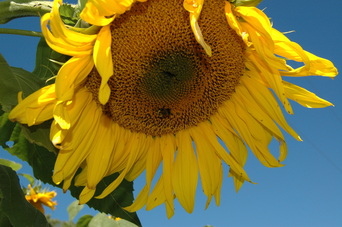 Thank you to everyone who provided feedback regarding interest in pasture raised meat products. There seems to be an interest in these products so we will do some planning and let share members know availability and pricing. The tasks around here have shifted focus as we prepare for cooler weather and frost. I am keeping my fingers crossed that we can squeak out another 4 weeks frost free, but that might not be possible. Last year, our first frost was on September 11th, but that was a littler earlier than usual. Many of the fall crops you will receive in your shares in late September and October are either frost tolerant (leeks, kale, parsnips, carrots, spinach) or harvested and stored before the heavy freezes (onions, potatoes, winter squash, pumpkins, beets). I know many share members (and me too!) are anxious for farm fresh tomatoes. We will have small quantities available in this week's share. Most likely it will be a choice between cherry tomatoes or slicing tomatoes. Last year we had a bumper crop of tomatoes that ripened in mid-August and continued producing until mid-October in our greenhouse. This year it looks like the crop will be much smaller, despite planting more tomatoes. The primary issue seems to be the weather. We didn't receive that week or two of hot weather typical of July, which gets all the heat loving crops a kick start. This combined with high levels of rain and cloud cover, have slowed ripening. Although I'm disappointed the tomato harvest won't be fantastic, I am feeling very grateful that we will be getting some tomatoes to enjoy. In conversation with area farmers, I have discovered that both our neighbours and another area market gardener have lost ALL their tomatoes due to blight. Blight is a fungal disease which tomatoes are extremely prone to and kills the vines and rots the tomatoes. It is a soil borne disease that is worsened by cool, wet weather. I see some small amounts of blight in our plants, but so far, the majority have been spared. This is one of the hardest parts of market gardening: spending time, energy, and money nurturing a crop to fruition only to have it die before you eyes. When the area market gardener was telling me about the loss of her tomatoes, she was close to tears and expressed how these kind of losses make her want to give up. I can completely empathize. A mixed vegetable gardener has other crops to fall back on: if one fails, another is there waiting to fill the gap. But can you imagine the heartbreak (and financial calamity) experienced by a farmer that specializes in one crop or product?! With the increased pressure from climate change, new pressures from imported pests, and the destructive effects of pesticides, crop and animal loss is becoming more worrisome. Nothing highlights the importance of being able to grow your own food, than when you aren't able to grow it. Before I lose you all to sadness and worry, let me say that farming is not all loss and heartbreak! When I walk outside, I see animals peacefully grazing and bees busily collecting pollen from our beautiful blooming flowers. Our potatoes have grown to monster size and the lettuces are lush. The onions look and smell fantastic and our fall beets are sizing up nicely. Perhaps it's foolish optimism, but when I look around outside, I don't see weeds, disease, and destruction (well, OK, I do see these things); instead I see potential and the beauty and complexity of nature. I am humbled by my small role in the otherwise perfect symphony of plants, animals, insects, soil, sunshine, and rain. Weekly Share Contents: Head Lettuce Carrots Swiss Chard OR Beans Zucchini Slicing Cucumbers Green Peppers Tomatoes Basil Garlic Pea Shoots Basil Zucchini Frittata
1 medium zucchini, thinly sliced 1/2 cup thinly sliced fresh basil 6 large organic eggs, beaten Sea salt and black pepper 1/4 cup grated Parmesan cheese (optional) Preheat oven to 375 degrees. Lightly butter or oil a 9-inch pie plate. Place the zucchini slices on the bottom of the pie plate, sprinkle with the basil. Then add the beaten eggs, Sprinkle with salt and pepper. Add the grated Parmesan cheese, if using. Bake for about 25 minutes. Slice and serve. Taken from: Nourishing Meals: Healthy Gluten Free Recipes for the Whole Family by Alissa Segersten and Tom Malterre. 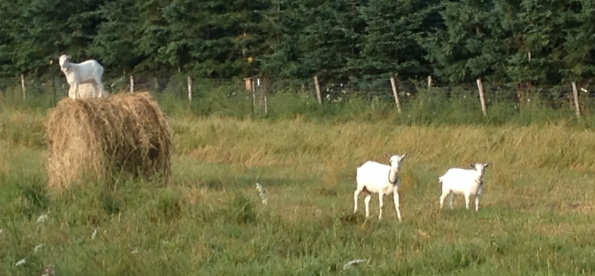 Sometimes Rob and I joke that our farm seems like a petting zoo or 'funny farm' because of our odd menagerie of animals. We have 40 - 50 chickens of various heritage breeds and 20 Indian Runner ducks plus two Nigerian Dwarf dairy goats, and one llama. Our intern, Ian, has a Saanen dairy goat and four Jacob sheep, which he keeps here as well. As you know, we also have 9 active bee hives. And finally, we have two dogs and two kittens. Oh, and don't let me forget that we are getting two Kune Kune pigs in the fall! Combining the care for animals with the requirements of a market garden can make time management a difficult thing. The day-to-day care of animals such as refreshing water, providing feed or clean bedding, and milking doesn't take an extraordinary amount of time but does require dependability and regularity. Animals don't like it if you sleep in and they don't get fed or milked! Luckily, Rob and Ian complete the majority of the animal chores so I am able to focus on the market garden. Animals, like any good sentient being, have minds of their own. And this is what can really throw a wrench in an otherwise finitely planned day! Sometimes they decide to jump fences, get sick or hurt, or just generally refuse to be cooperative (case in point: shearing llama and sheep). When these things happen, the other day's tasks have to be dropped and attention given to the animals. But these animals with minds of their own also make a farm rich and diverse in excitement and resources. Not only do all of our animals have unique characters and personalities which add meaning to our lives, they also provide us with many useful resources. Eggs, milk, wool, manure, honey, and meat all play an important role in a economically viable farm. And I get immense satisfaction knowing that the majority of the food that we eat is comes from the 10 acres outside our backdoor. Raising animals also brings you face-to-face with questions of ethics and morality, environmental responsibility, and needs versus wants. As many of you know, we are a vegetarian family. I have been vegetarian for almost 20 years, Rob for nearly 10, and our boys since they were born. This was a decision we made when we were living urban lifestyles and looking for ways to reduce our environmental footprint and avoid supporting inhumane farming practices. But now that we can raise our own animals in a kind and sustainable manner, the division between vegetarian vs. meat eater becomes much less clear. I don't mention all this to start a debate on the 'rightness' of either point of view (I've worked hard to avoid those conversations for my 20 years as a vegetarian who likes to 'fly under the radar'!). But I mention this to explain that the richness that animals bring to our lives also brings with it an uncomfortable collision between these points of view. This uncomfortable collision is actually something I treasure: the chance to think deeply about the lifestyle choices we make. On a lighter note, we will be bringing one of Nigerian Dwarf dairy goats, Thelma, to the share pickup on Wednesday! Bring the kids, and have an opportunity to feed her and learn more about raising animals! Rob will be on hand to meet those share members who have not yet had the opportunity to meet him, and to answer any questions regarding the animals, bees, and nut trees, since these are Rob's areas of experience. We are also exploring the possibility of offering meat products for purchase to share members. Some of these could be available in small quantities this year (pasture raised chicken and ducks), with other options available next year depending on demand. We are considering the following options: chicken, duck, turkey, goat, and lamb. All would be pasture raised and supplemented with organic feed (if necessary). We would appreciate feedback on your interest in these options. Which types of meat would you consider purchasing? In what quantities? Any feedback helps us for future planning. Please provide feedback via email or in-person at the share pickup. Weekly Share Contents: Head Lettuce Swiss Chard OR Beets Green and Yellow Beans Zucchini Cucumber Green Peppers Red Onions Dill Tomatoes* *I am writing this on Sunday and am unsure whether enough tomatoes will ripen in time for this Wednesday's share. The cool weather seems to be delaying their ripening but at the very least I will have some cherry tomatoes to taste test, as I did last week. 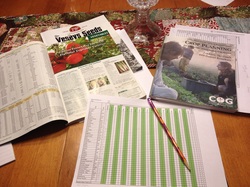 We have made it to the point in the season where all the vegetables are planted (minus some late spinach and lettuce) and the plants are getting large enough to out-compete the weeds. This doesn't mean we get to stop weeding but it becomes less pressing. This week we planted the fall kale and carrots, and the other fall crops like winter squash, cauliflower, leeks, and onions are looking great. I have also tried my hand at growing sweet potatoes this year so I am excited to harvest our first sweet potatoes in September. The problem with root crops is that you can't actually see what is going on beneath the soil surface so you just have to trust that they are growing well! Maybe I'll take a sneak peek at one of the plants in a week or two, just to satisfy my curiosity. I've had a few questions about the planning process I use when planting and harvesting vegetables, so I thought I would take the time in this post to explain how I decide what is included in each weekly share. A planner and organizer by nature, crop planning is one of my favourite aspects of market gardening. In the deep cold of winter, I snuggle up to the fire, drink my tea, and peruse seed catalogues. But before I order my seeds, I will have decided the quantity and type of vegetables that will be included in each of the weekly shares. I do this using a spreadsheet that lists all the crops I intend to grow. I have also entered the market value of each crop based on the average price charged by organic growers in our area, by what I would charge if selling it at the farmers' market, or, to a lesser extent, grocery store prices. I then select which vegetables will be included each week. The spreadsheet will calculate the average value of each week's share and I ensure that it matches the weekly target. The weekly target price is simply the annual cost of the share ($400 for small and $550 for large), divided by the number of share weeks (20) plus 15%. For example, a small share is 400 / 20 + 15% = $23. The extra 15% value we add to the weekly share is our way of saying thank-you for paying in advance for produce 'sight unseen'. Each week won't match the target exactly, but we try to keep things as even throughout the season as possible, so that the final total value meets or slightly exceeds the target. The first 3 - 4 shares of the season will always be slightly below value, with the shares in late August and September being above value. This is simply because there is more bounty in August and September, and this is when the higher value crops (tomatoes, peppers, cucumbers, eggplant, carrots) are readily available. All this harvest planning then gets translated into planting dates for the crops. If I know that I want to have cauliflower in the shares in September, I count back the number of days required to grow cauliflower, and this tells me when to plant it in the field. Of course, as with any good planning, you have to be prepared for things to not go as expected! A late, wet spring will prevent us from getting into the fields when we need to sow the first crops. Or, greater than average rainfall can cause disease in the plants and shorten their productive life. Or, human error can cause crops to fail. As the season progresses, I track all the changes I make to the weekly share contents so that I can ensure that the value still works out by the end of the season. I will also carry forward these observations into the next season, and make any necessary changes. For example, our broccoli crop did not produce as early or as plentifully as I had planned, so I will make adjustments next year to try to remedy this. On the other hand, our lettuce has been extraordinarily plentiful, so that will be reassessed next year as well! Are your eyes crossed with boredom yet?! The only other point I will add is that I welcome feedback in regards to the quantity and type of produce you are receiving. This feedback is always taken into consideration when planning for future seasons. At the conclusion of this season, I will send a formal survey, but for now, informal feedback is welcome! Weekly Share Contents Head Lettuce Swiss Chard Garlic Green and Yellow Beans Carrots OR Zucchini Potatoes Cucumbers Parsley Recipes
Green Beans with Garlic Dressing This is so scrumptious I could eat the whole salad before it gets to the table! I like it served warm or room temperature. It can be modified to use as many beans as you have available. Salad: 2 pounds green beans, ends trimmed 1/2 cup sliced or chopped almonds 1 tbsp chopped fresh thyme Dressing: 2 tbsp extra-virgin olive oil 1 tbsp freshly squeezed lemon juice 1 tsp Dijon mustard 2 garlic cloves, crushed 1/2 tsp finely grated lemon zest 1/2 tsp sea salt 1/4 tsp black pepper To prepare the beans for the salad, blanch the beans in a large pot of boiling water for 4 minutes or until crisp-tender. Plunge them into ice water to stop the cooking and set the colour.; drain well. To make the dressing, whisk all the ingredients in a small bowl. To assemble the salad, place the beans, almonds, and thyme in a large serving bowl, add the dressing, and toss well to coat. Summer Vegetable Soup A great way to use up those extra vegetables you don't know what to do with! 1 tbsp extra-virgin olive oil 1 medium onion, diced 3 - 4 cloves garlic, crushed 2 - 3 large carrots, diced 1/2 pound green or yellow beans, cut into 1 inch pieces 2 - 3 cups fresh tomatoes, diced 6 - 8 cups vegetable or chicken stock 2 zucchini, diced 4 cups greens (chard, cabbage, kale, collards), thinly sliced 1/4 cup fresh herbs (basil, chives, oregano, marjoram) 2 cups cooked beans (chickpeas, cranberry, baby lima) 1 - 2 tsp sea salt freshly ground black pepper Heat the olive oil in a 6-quart pot over medium heat. Add the onion and saute for about 5 minutes, or until soft. Add the garlic and carrots and saute a few minutes more. Add the green beans, tomatoes, and stock and simmer, covered, for 10 to 15 minutes, or until the vegetables are tender but not all the way cooked. Add the zucchini, greens, fresh herbs and cooked beans and simmer for 5 to 7 minutes more, or until the zucchini is cooked. Season with sea salt and pepper to taste. (Both taken from: The Whole Life Nutrition Cookbook Alissa Segersten and Tom Malterre)
Share Contents: Head Lettuce Swiss Chard OR Cabbage Pea Shoots OR Green Onions Carrots Broccoli Cucumbers Green and Yellow Beans Dill Cucumbers
You will be receiving some pickling cucumbers in your share this week. While the quantity won't be enough to actually make pickles, these are my preferred fresh eating cucumber. I like their thin skin and refreshing cucumber taste. We will have traditional slicing cucumbers available in another week or two. Here are some ways to use up these little guys:
Fresh Cucumber Relish 2 - 5 pickling cucumbers, diced in small pieces, 2 - 3 tsp apple cider vinegar 1/2 tsp coriander 1 tsp honey Pinch of sea salt Combine all ingredients and let sit at room temperature for 30 minutes. Use anywhere you would use traditional relish. |
Archives
February 2020
|
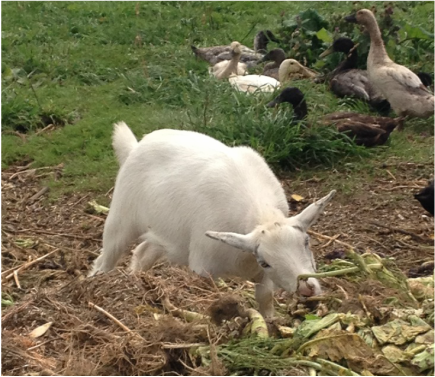
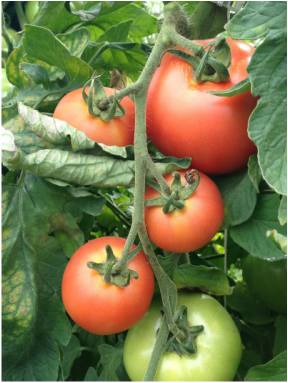
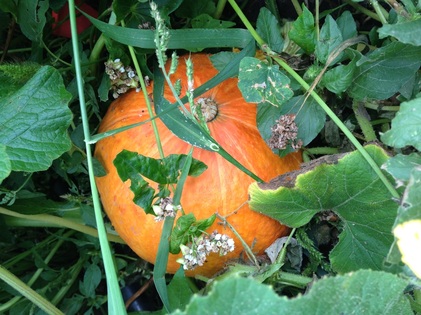
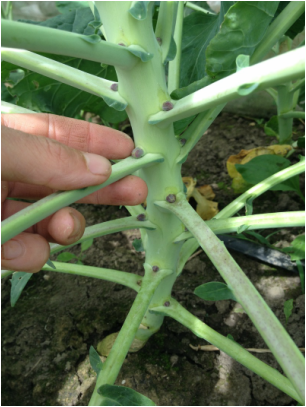
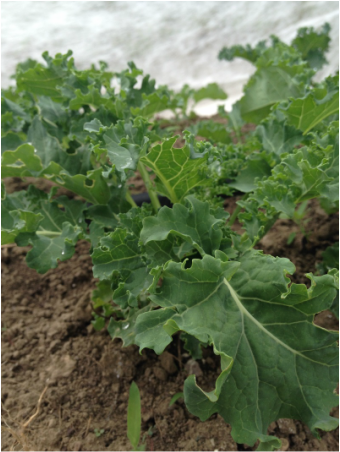
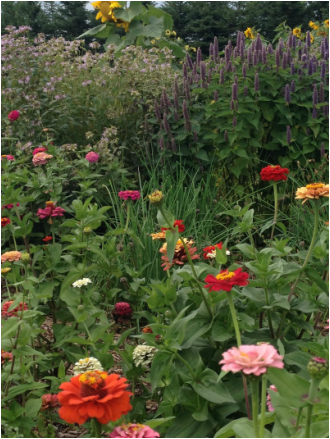
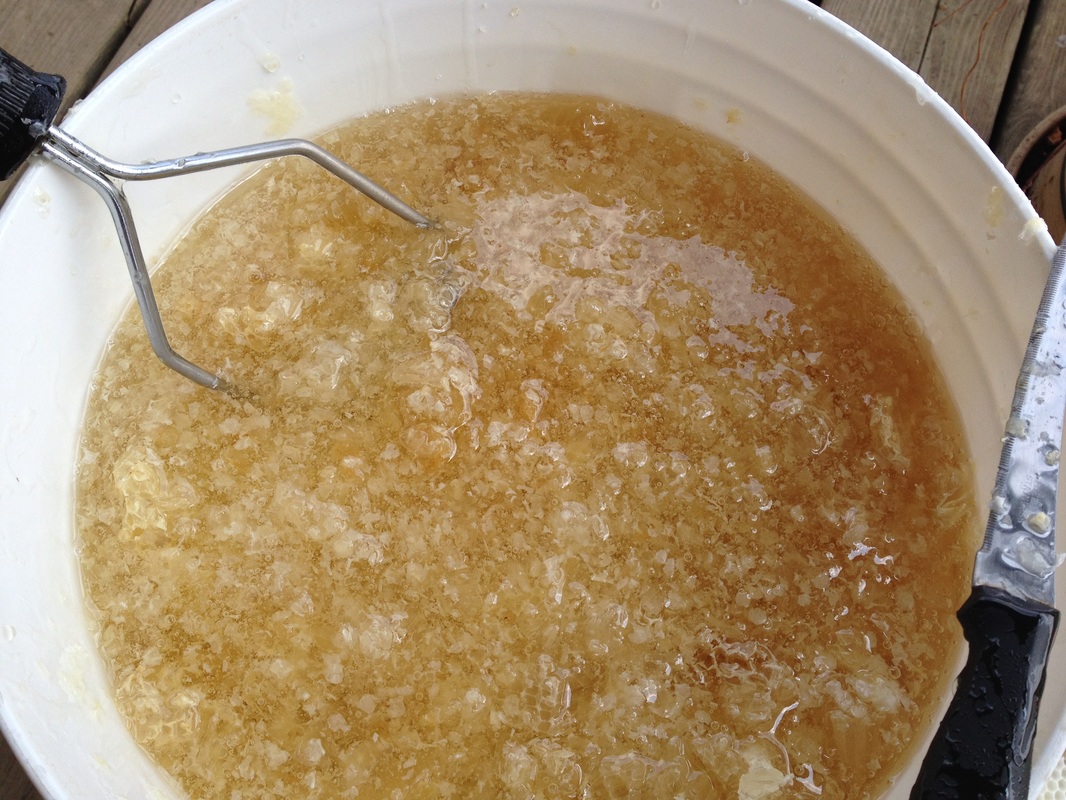
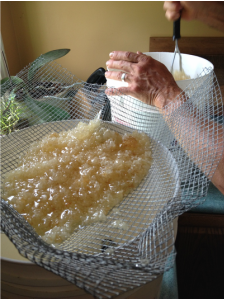
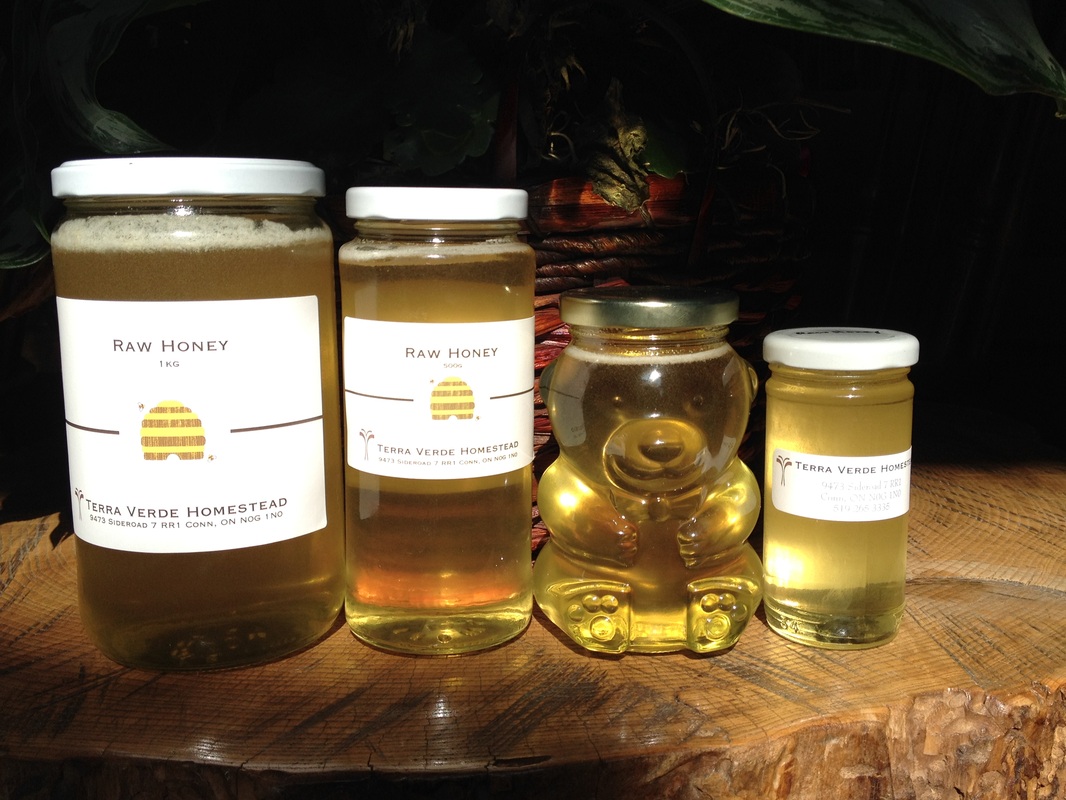
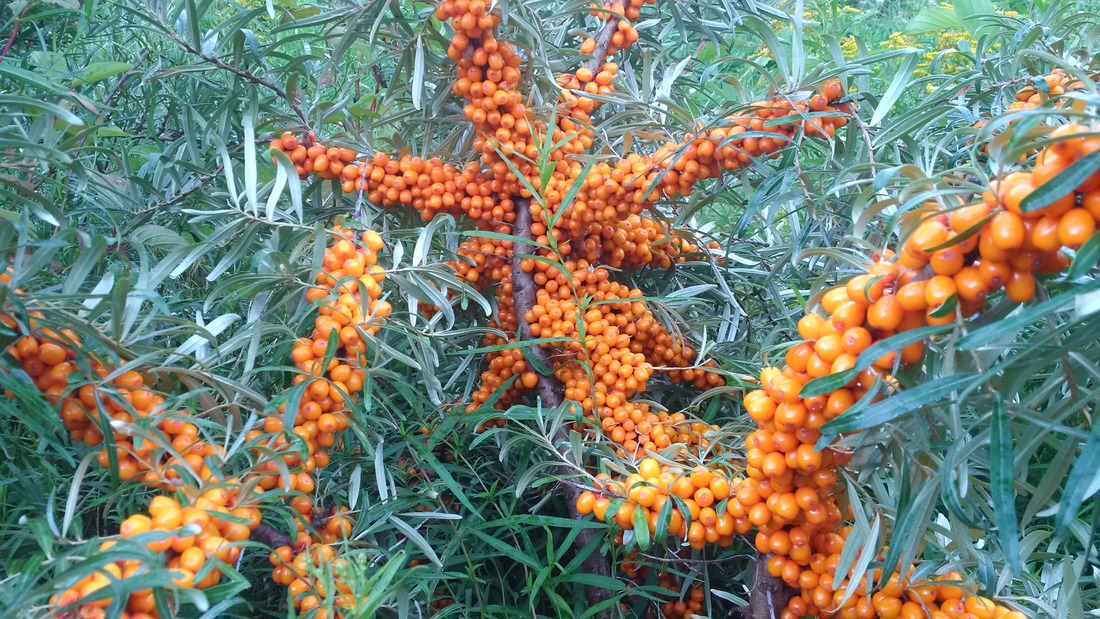
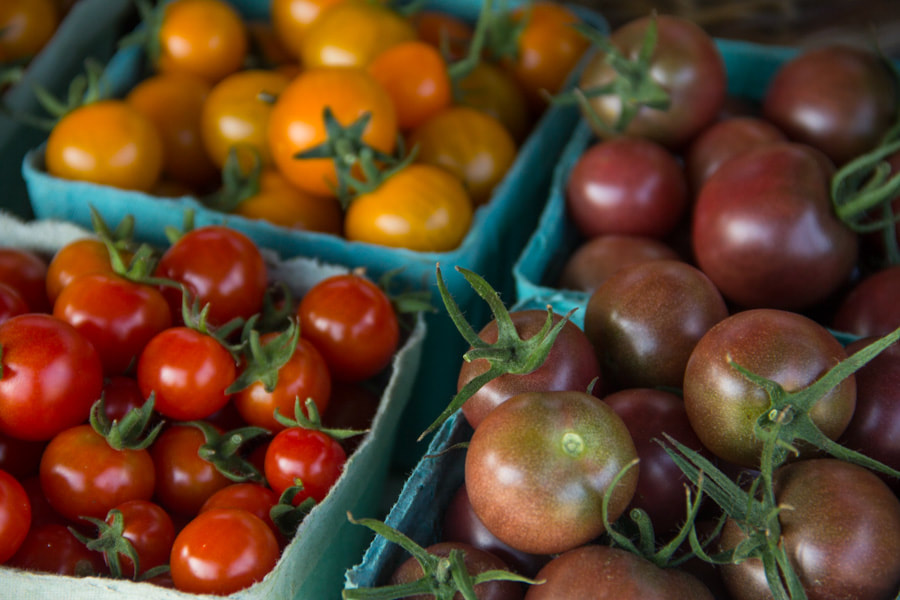
 RSS Feed
RSS Feed